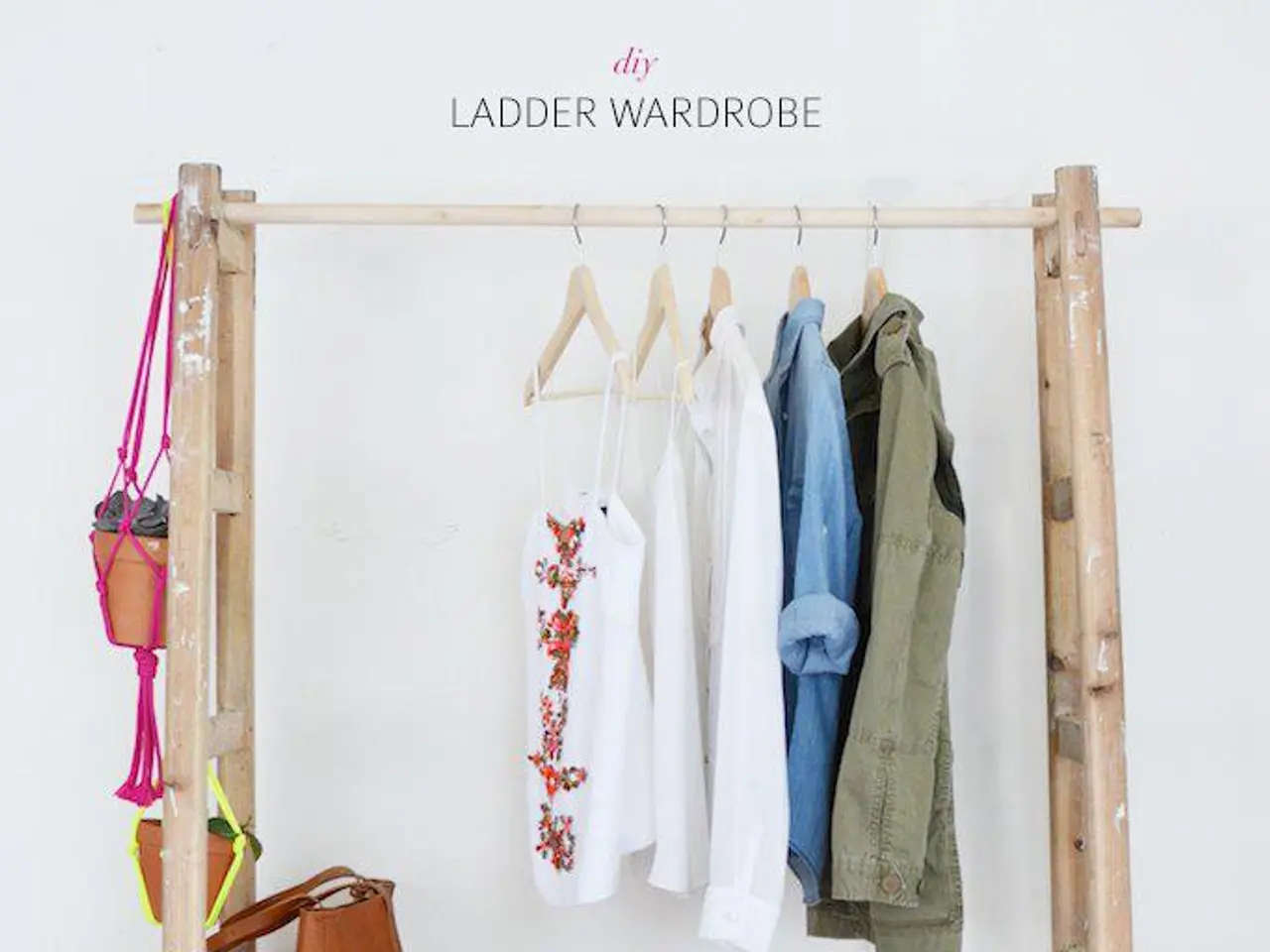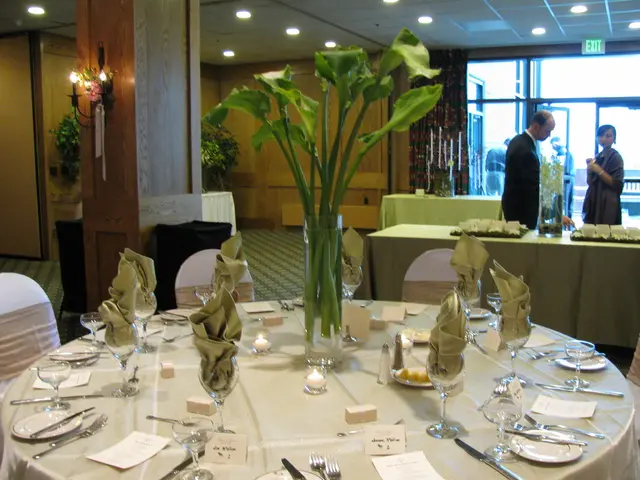Guide on Creating a Cost-Effective Pea Trellis with Recycled Materials
Creative Pea Trellises: Transforming Household Items for a Productive Garden
In the spirit of sustainability and frugality, gardeners can repurpose common household items to create effective pea trellises without breaking the bank. Here are some innovative ideas to get you started.
Stick and string trellis
Gather sturdy sticks, such as branches or leftover garden stakes, and use string or twine from old scraps to weave between the sticks vertically and horizontally, creating a net-like support for pea vines. This simple and cost-effective trellis can be easily adapted to fit your garden's layout.
Old ladders
An unused ladder can serve as a sturdy climbing surface for your pea plants. Place the ladder upright or at an angle in your garden, and watch as the plants climb up the rungs. This unique trellis adds a touch of rustic charm to your garden while providing a functional support system.
Broken umbrellas
Open the umbrella frame without its fabric and plant it over the peas; the metal ribs will provide a unique structure for the plants to climb. This creative trellis solution is both functional and visually appealing, adding a touch of whimsy to your garden.
Twine and wooden scraps
Use twine tied between wooden pieces from broken furniture or other cracked wood items to create a simple, rustic trellis. This versatile trellis can be adapted to fit a variety of garden layouts and provides a sturdy foundation for pea vines to climb.
Velcro ties or other repurposed fasteners
Use these to securely train pea plants onto your makeshift trellis structures for stability. Velcro ties are particularly useful for attaching plants to more delicate materials, such as string or twine trellises.
To support these creative trellises, a solid base is needed. An old raised garden bed can be repurposed by adding legs, such as logs or broken furniture legs. This not only lifts the bed off the ground but also provides a stable foundation for your pea trellises.
When choosing materials for the base, prioritize recycling and yield over beauty. Pallet scraps, random fence boards, and broken furniture legs can all be used to frame the climbing material. Even an old dog crate can make a dream come true for sugar snap peas, as long as it is still in one piece and won't fall over in a breeze.
Remember, peas do not care much for aesthetics, so the frame does not need to be perfect or matched. The key is to provide a sturdy climbing surface that allows the pea vines to grow and thrive.
For more gardening hacks, be sure to check out our resources for learning more about sustainable and creative gardening practices. Happy gardening!
[1] Stick and string trellis: [link to resource] [2] Velcro ties or other repurposed fasteners: [link to resource] [3] Twine and wooden scraps: [link to resource] [4] Old ladders and broken umbrellas: [link to resource]
In the process of creating an organic garden, it's beneficial to utilize repurposed items for garden projects, such as pea trellises. For instance, sturdy sticks and string can be assembled to form a cost-effective stick and string trellis. If you have an unused ladder, it can serve as a charming and functional pea trellis, with the plants climbing up the rungs. Broken umbrellas, minus their fabric, can be planting frames for unique pea trellises, while twine and wooden scraps can help construct a rustic and adaptable trellis. Velcro ties or other repurposed fasteners can ensure the stability of the peas on these makeshift trellises. A solid base consisting of an old raised garden bed, repurposed with legs from logs or broken furniture, can offer stability to these creative trellises while promoting an eco-friendly lifestyle.




